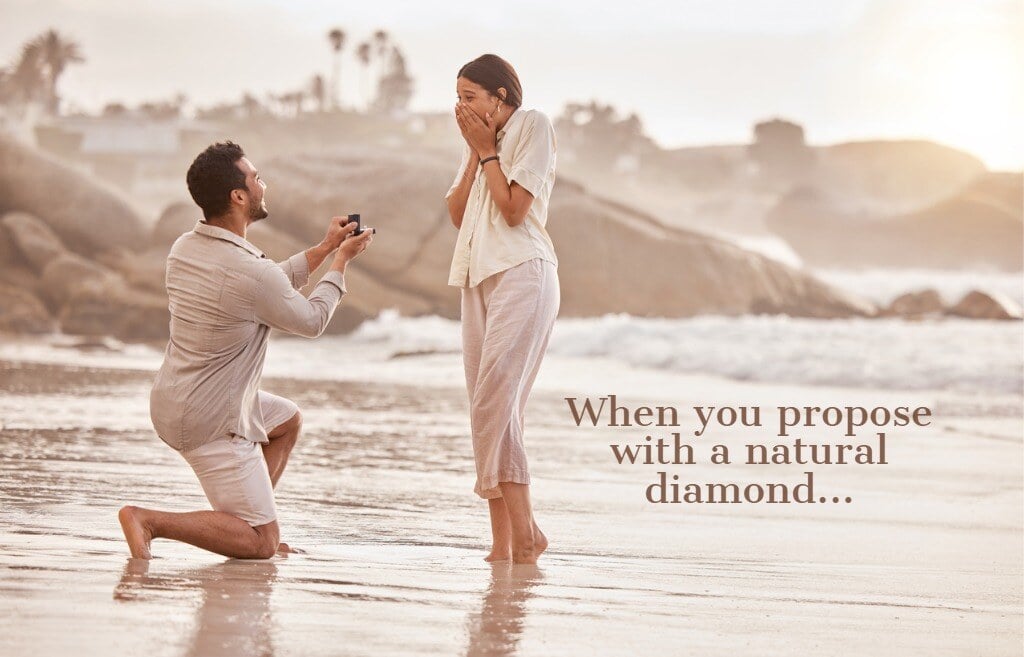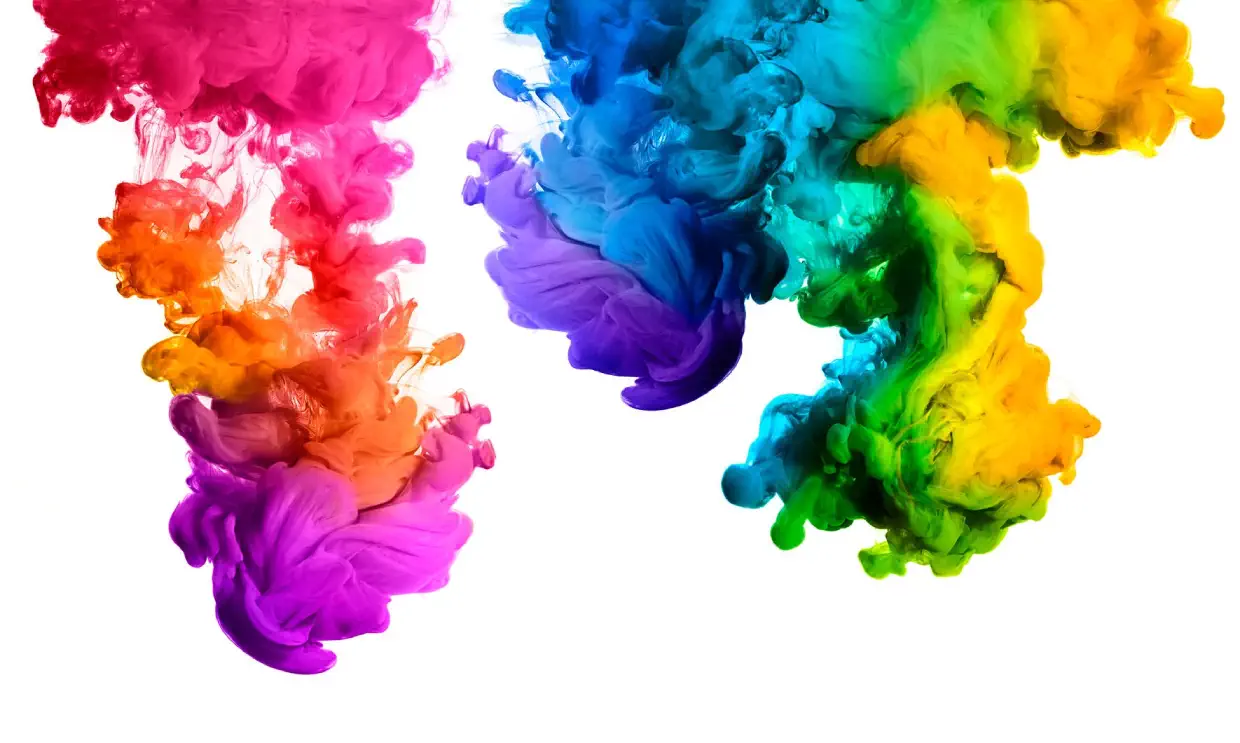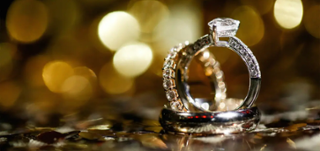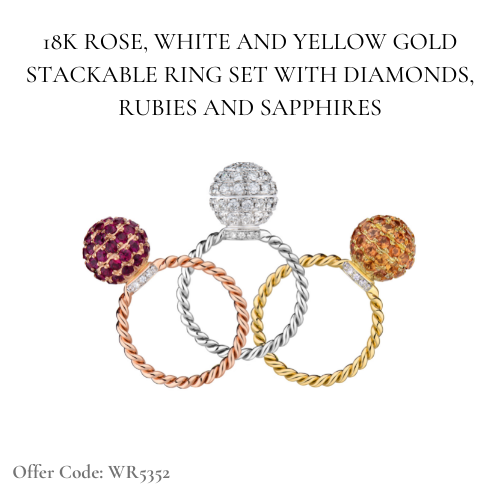Cost
A key factor in determining one’s choice of metal when creating jewellery is price. In the context of the present, it is a bit of a toss-up between the two metals as to which is the more affordable option.
White gold has traditionally had a price advantage over platinum as gold has all along trailed platinum on price, being in the not so distant past, anywhere between 40-60% cheaper than platinum. That no longer holds true.
Particularly so, in the past 6-7 years, the tables have turned and now gold alloys lead platinum in price by anywhere between 50 to 80%, making platinum the front runner (if the preference is for white metal jewellery and weight is not a concern).
However, higher labour and fabrication costs for platinum, and the denser nature of this metal means the use of 25% more weight for the same piece made in white gold. This sort of minimises the advantages of a cheaper base price for platinum, rendering the finished piece made from the two metals almost equivalent or even giving a slight price disadvantage to platinum.
Craftsmen and fabricators of platinum jewellery are far less in number worldwide than are gold jewellery craftsmen, making platinum jewellery generally scarcer than white gold in the stores. Gold being more widely available and socially preferred, due to a strong investment appeal over platinum in many countries, is also a reason for the popularity of white gold over platinum.
Platinum is still considered by many to be a ‘premium’ metal and is perceived to be more desirable due to historical reasons.
The factors working in favour of platinum are:
- Platinum being harder to work with has traditionally been considered a more exclusive and superior metal to gold (remember Platinum Jubilee always comes later than Gold Jubilee)
- Platinum alloys used in jewellery are purer with a 95% platinum content
- It is 30 times rarer and the annual mined output is a fraction that of gold
In summary, white gold is considered more 'investment-friendly' and ubiquitous. If it’s a bright shiny look that you are after and convenience is a consideration, I suggest going with white gold
Platinum may seem like the costlier option initially, but its enduring nature makes it worthwhile in the long run. If exclusivity and durability is a desire, then platinum is the obvious choice
Facets is one among a handful of jewellers in Singapore that offer bespoke platinum jewellery fabrication.
Allergic Reactions
When comparing and considering metals to choose from, it is good to bear in mind the likelihood of the wearer encountering allergic reactions or minor skin irritations.
Platinum used in jewellery or PT 950 is a very inert metal being 95 % pure. It is the only hypoallergenic precious metal besides pure 24 karat gold suitable for jewellery use.
Since white gold is made from a combination of metals, and some folks may likely develop allergies to nickel (for instance), it is best to opt for platinum if you know that you are particularly sensitive.
.webp)

.webp)
.webp)






